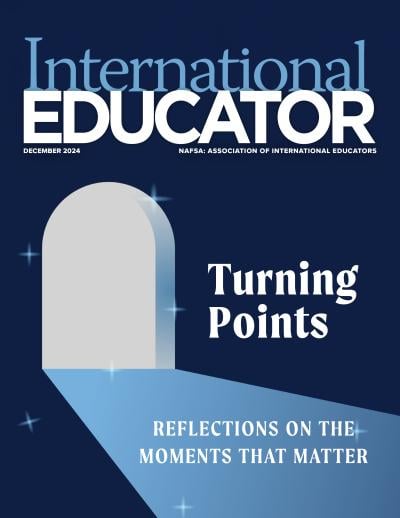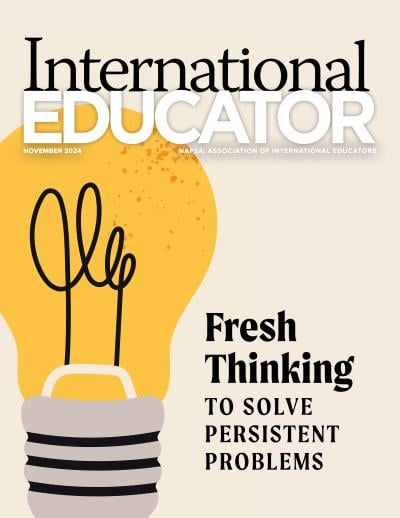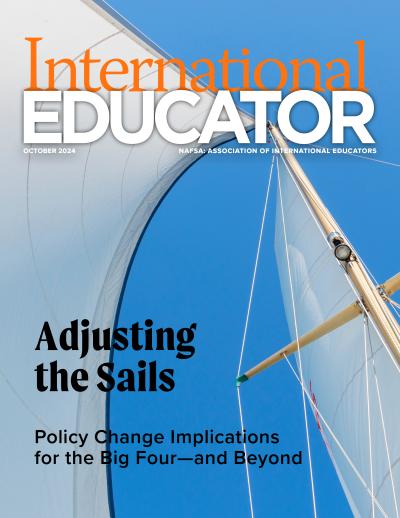Meaningful Choices

Editor's note: This article was originally published in the Spring 1996 issue of International Educator. In celebration of NAFSA's 75th anniversary, IE is taking a look back at the topics and moments that have defined the field since the magazine began publication 33 years ago.
Thinking about returning to graduate school in international education? Good luck! Luck is just what you'll need when seeking out and assessing graduate programs in the field. Scanning down the table of contents in Peterson's 1996 Graduate Programs in Business, Education, Health and Law, you'll find more than 35 types of education programs, but international education is not one of them. The 1997 edition will be different, however. Peterson's plans to add a new section listing 20 programs in "international and comparative education."
International Education: Can It Be Taught?
International education graduate programs have an identity crisis. The term covers a lot of ground—cross-cultural education, development education, and comparative education—and many different types of programs. "These are complicated matters." says Phillip Altbach of Boston College, referring to the different types of programs under the umbrella of "international education." Altbach and Eng Thye Jason Tan of SUNY-Buffalo have compiled a booklet called Programs and Centers in Comparative and International Education: A Global Inventory that describes more than 20 comparative education programs in the United States and many others around the world. These "mainline" programs, according to Altbach, focus mostly on policy research, are academic in orientation, and address "rigorous theoretical issues in education in comparative countries."











